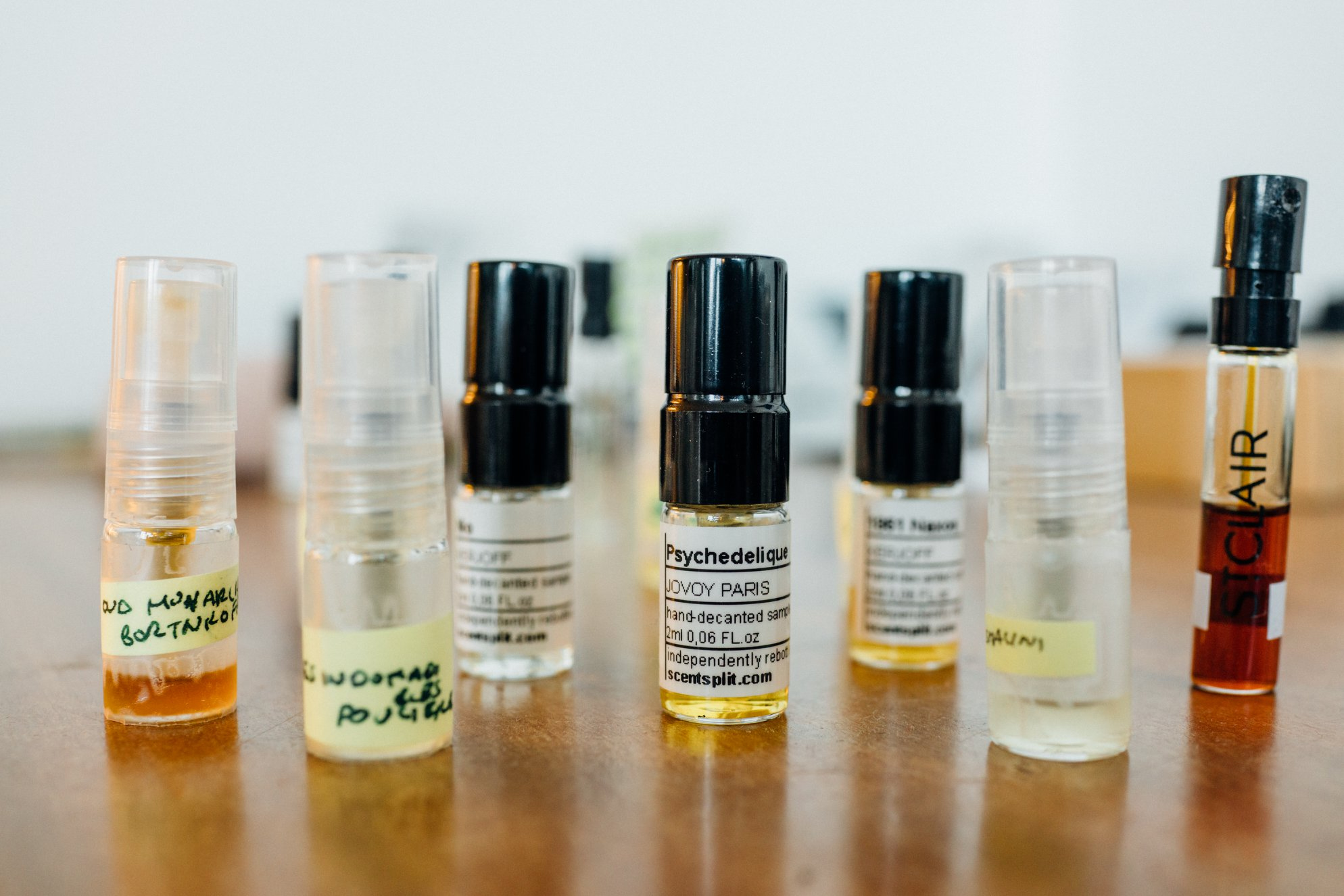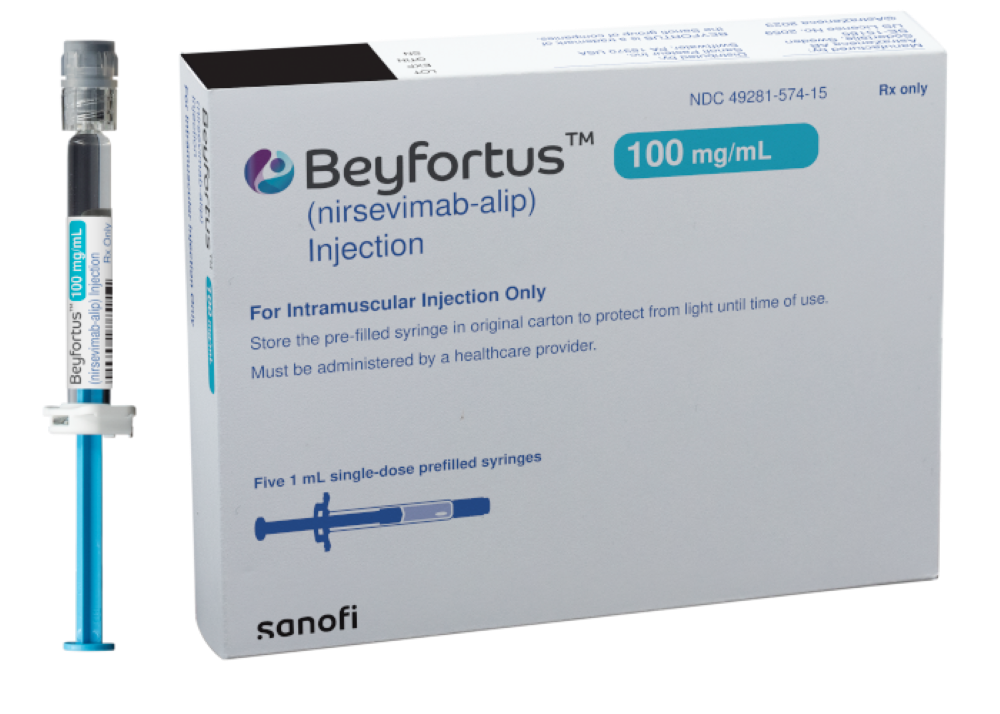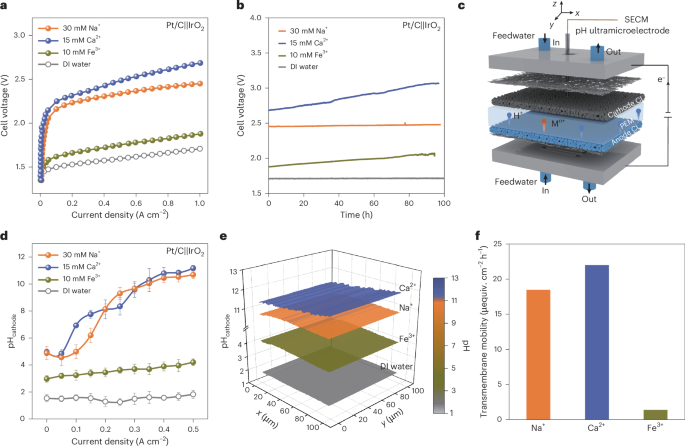Could One of These Viral Farming Hacks Work on Your Land?
It’s not uncommon to hear someone touting that they’ve discovered the next great farming hack. But what’s real, and what’s just a ploy to gain followers or customers? These gardening pros examine some popular hacks to see which ones could work for you. The post Could One of These Viral Farming Hacks Work on Your Land? appeared first on Modern Farmer.

Whether you’re a gardener or small-scale farmer, you’ve probably been hit with advertisements, YouTube videos, and word-of-mouth stories about the next best thing to make growing plants easier. Your first instinct may be to dismiss or try out all these farming hacks, but before you sweep them all under the same rug, take a note from the professionals.
Long-time gardeners Kevin and Jacques of Epic Gardening took a moment to explore some of the most popular farming hacks and determine which ones are worth trying.
Mulch Grown in Place

Many people recognize that mulch traps moisture, suppresses weeds, and helps prevent erosion. Most of the time, adding mulch to the farm or garden means purchasing it from an exterior source and then spreading it on your land. But have you thought about growing mulch exactly where you want it?
Growing mulch in place involves planting a cover crop like rye or oats, and then terminating the crop by crimping the stems. Once the stems are broken and flat on the ground, you can cover the crop with a silage tarp to fully kill it. Peel back the tarp after a few weeks, and you’ll have a robust organic mulch covering the top of your bed. All you have to do is peel back the mulch to transplant crops like potatoes, tomatoes, or squash.
This farming hack is one that’s worth using at home. While it may not make sense for every scale, it can cover otherwise fallow ground and provide you with a thick mulch that helps keep summer crops healthy. If you choose to try this method, make sure to get the termination timing right, or you’ll end up with cover crops that don’t fully die or those that produce unwanted seeds.
Dried Peppers on String

If you have lots of peppers that you’d like to dry, you may be able to skip the dehydrator. Run a string through each, then hang the lines of peppers between two logs or posts. This method allows the heat of the sun to dry the fruits so they’re ready for storage.
Outdoor drying will likely work well if you live in a warm climate with low humidity and no rain. However, move your drying operations indoors if you expect lots of rain or high humidity.
Seat on Wheels

One farmer developed a simple wheeled seat that rolls down a rail in his greenhouse path. Rather than constantly bending over or crawling along the ground, he can sit on the low seat and easily harvest, prune, or weed his plants.
While the rail system may not make sense in every context, this farming hack is a reminder to make us think about how we can make work easier on our bodies. Long-handled tools prevent us from bending over, knee pads make kneeling an easier chore, and tractors or carts simplify moving heavy loads. You can also explore small-scale tool makers that are producing innovative items.
Deep Compost Mulch No-Dig Bed

No-dig, also known as no-till, has been rising in popularity in recent years. While large-scale conventional farmers sprayed crops with herbicides to avoid tilling them into the ground, organic no-till is different. This method prioritizes building organic matter in the soil, so there’s no need for regular tillage.
One way to quickly create no-dig beds on a small scale involves laying cardboard on the ground, then covering it with a thick layer of compost. You can plant directly into the compost, which means you can start a new garden bed in as little as a few days. This method can work well if you don’t have time to kill the underlying vegetation or grow a cover crop.
However, it’s labor-intensive, and the large amount of compost comes with a high up-front cost. Some perennial weeds can also make their way through the cardboard, so you should watch for bindweed, thistle, and other nasty weeds.
Leaning and Burying Tomato Plants

Tomatoes will form adventitious roots where they come into contact with the soil, so leaning and burying the stem will lead to a more robust root system. This method does involve extra work and planning, so it may not be the best idea if you’re working on a large scale.
To enjoy similar benefits, you can deeply bury your tomato seedling at planting time. Just make sure to leave two sets of true leaves above the soil surface.
Starting Crops in Small Cells

Solanaceous crops like tomatoes, peppers, and eggplant are often grown and sold in large cell trays. However, this isn’t necessary. Starting the seeds in smaller cells allows you to save space and potting mix.
While most growers keep their cell trays off the ground, one grower placed his seedling trays directly on the ground. The roots avoided circling and instead grew through the cells and into the soil, where they could obtain more water and nutrients. This method isn’t well-suited for extremely wet areas, and you should be aware of the increased risk of soil-borne diseases.
Meet the Modern Farmer Using New Zealand Pigs to Restore a Former Tobacco Farm
Kunekune pigs are the secret to one North Carolina farmer’s success
The post Could One of These Viral Farming Hacks Work on Your Land? appeared first on Modern Farmer.































































![[Podcast] Trial Trailblazers: Behind clinical breakthroughs](https://imgproxy.divecdn.com/cr_gUY8HHfHKWVfM5mEkCyXB9OzVqKd0L_Zq5ZJQSoM/g:ce/rs:fit:770:435/Z3M6Ly9kaXZlc2l0ZS1zdG9yYWdlL2RpdmVpbWFnZS9CaW9QaGFybWFEaXZlX1BvZGNhc3RfY292ZXIxMzQ2eDcyOV9SMi5wbmc=.webp)



















































































